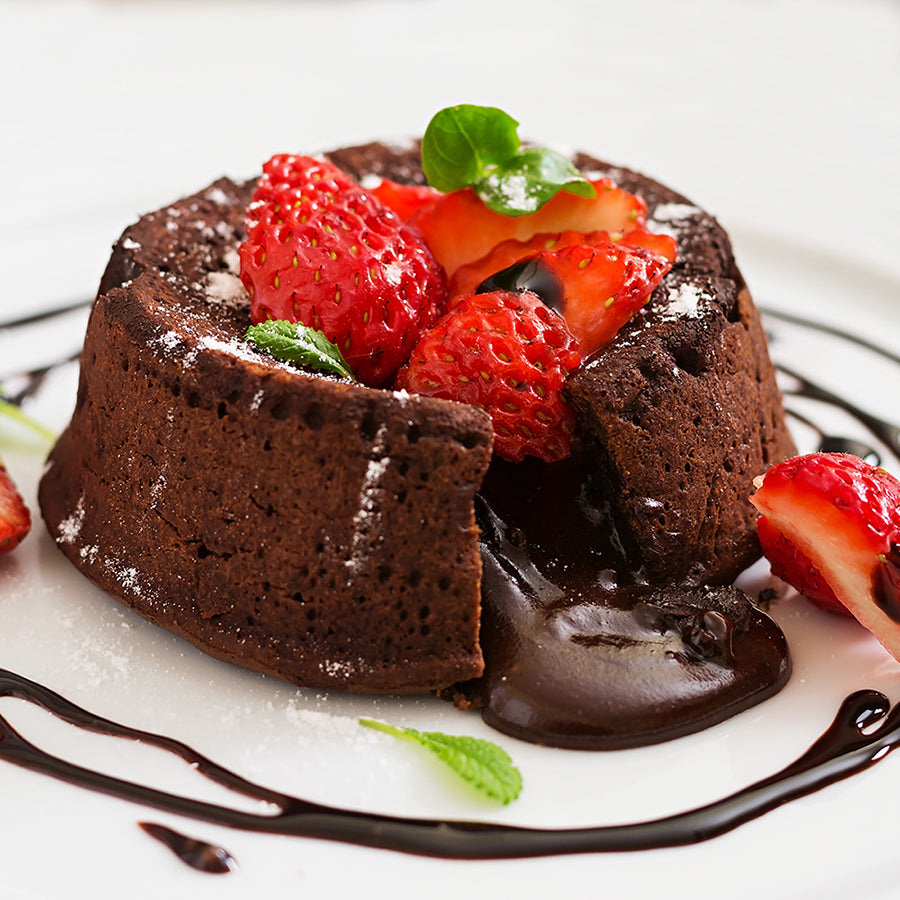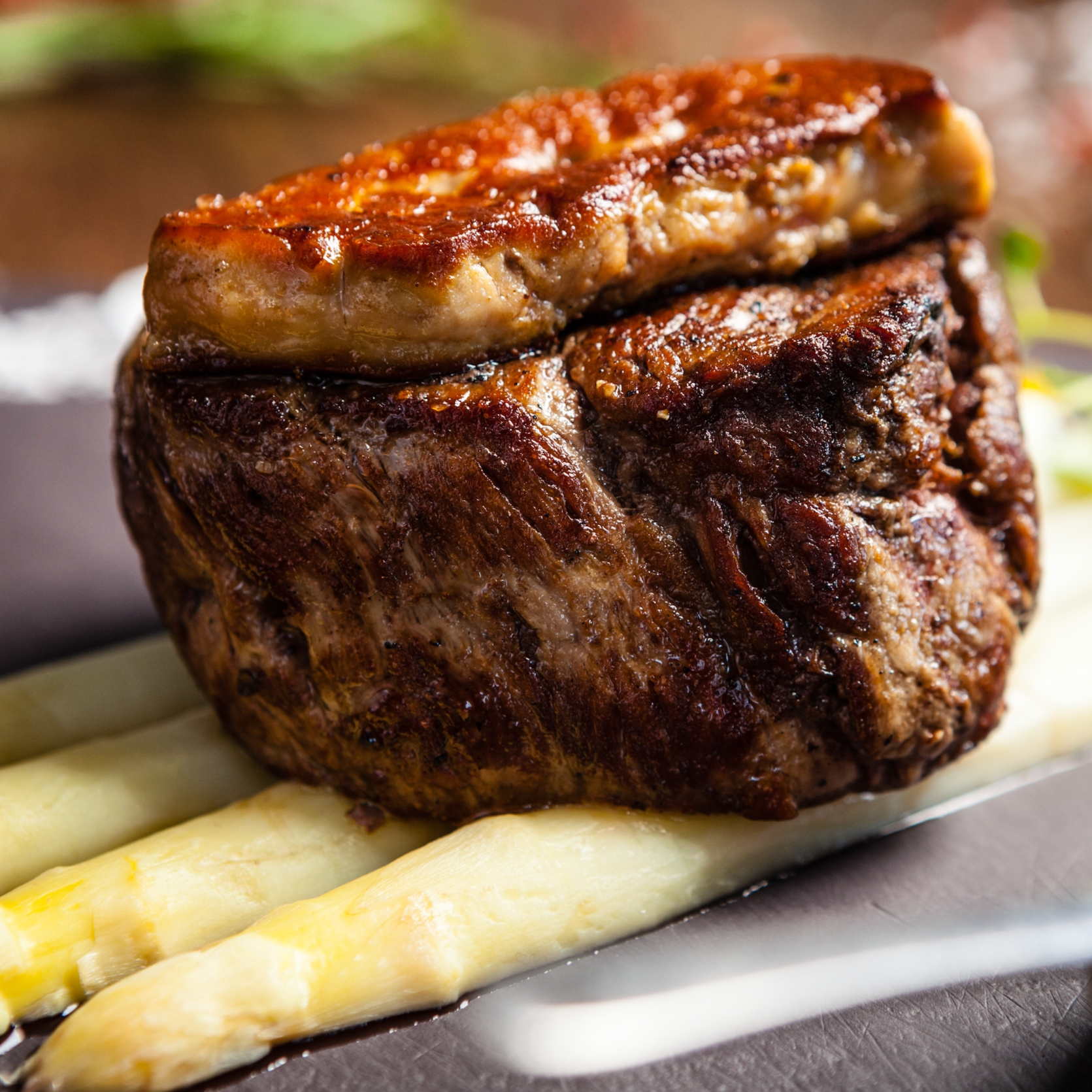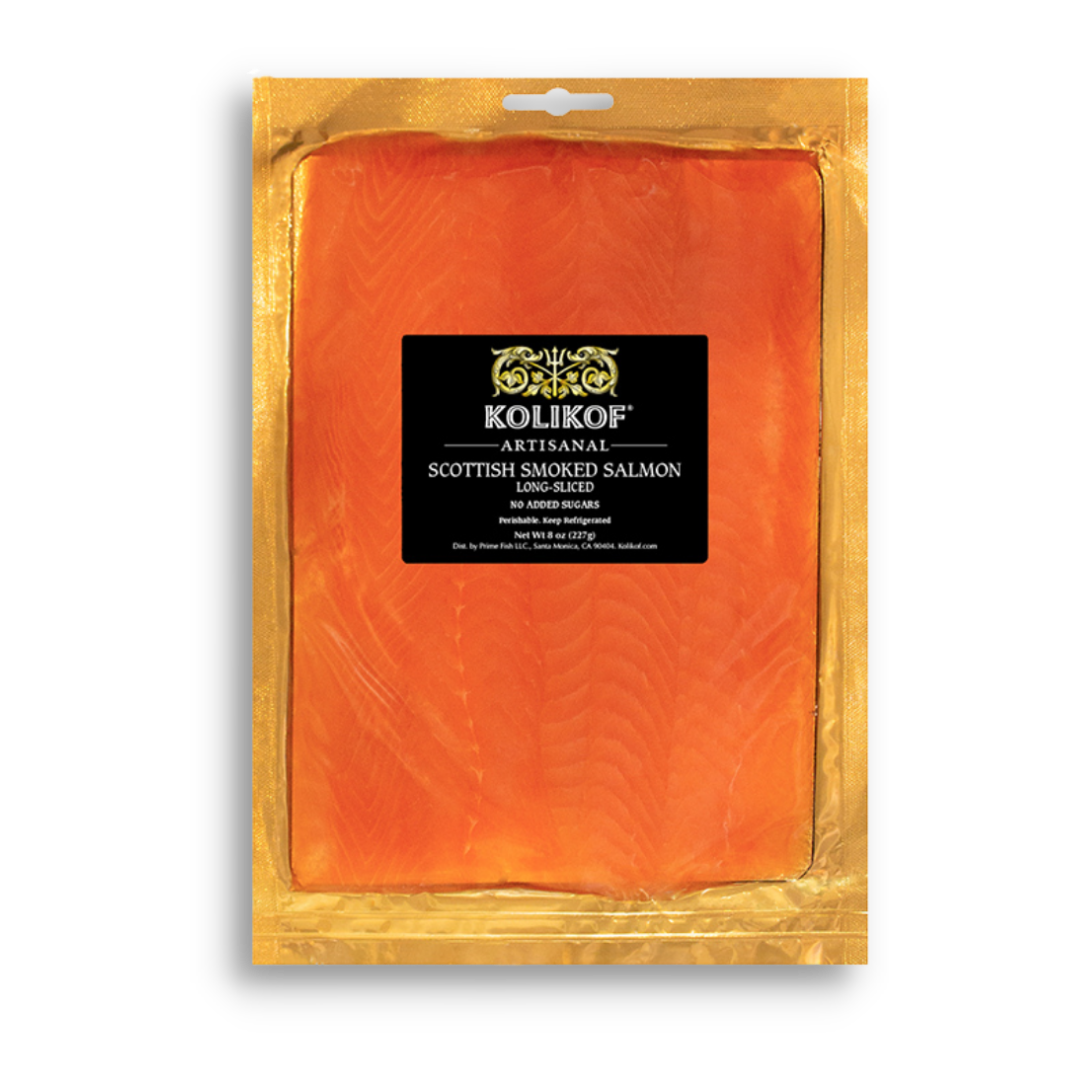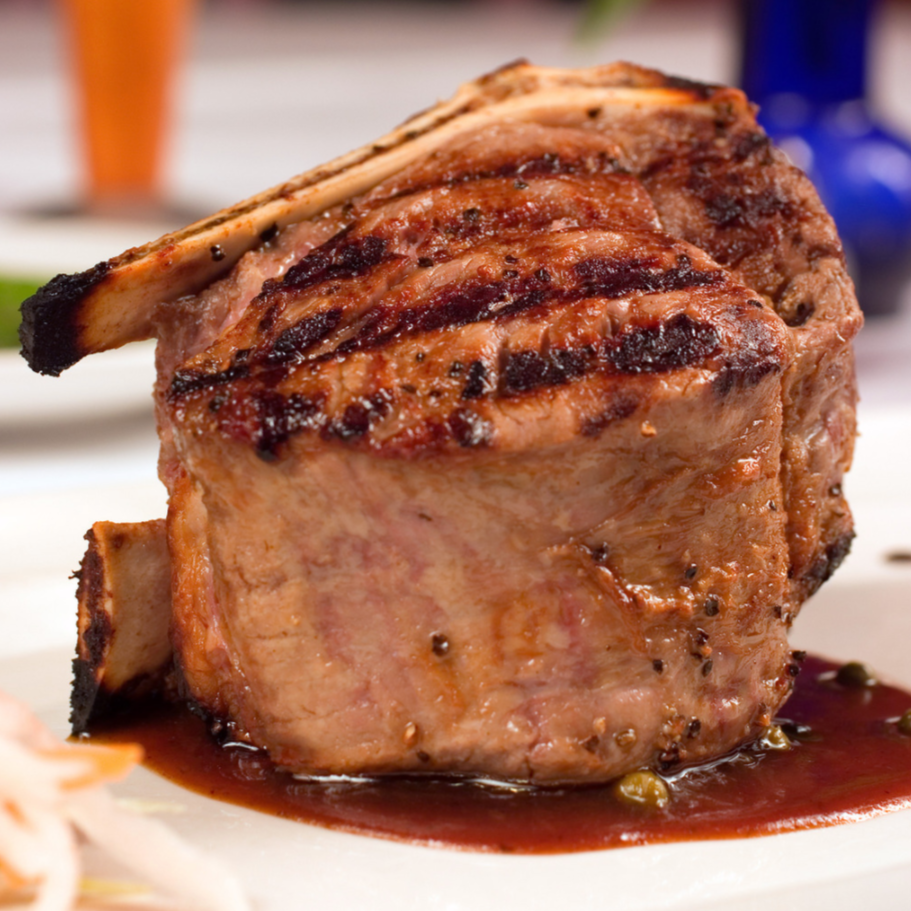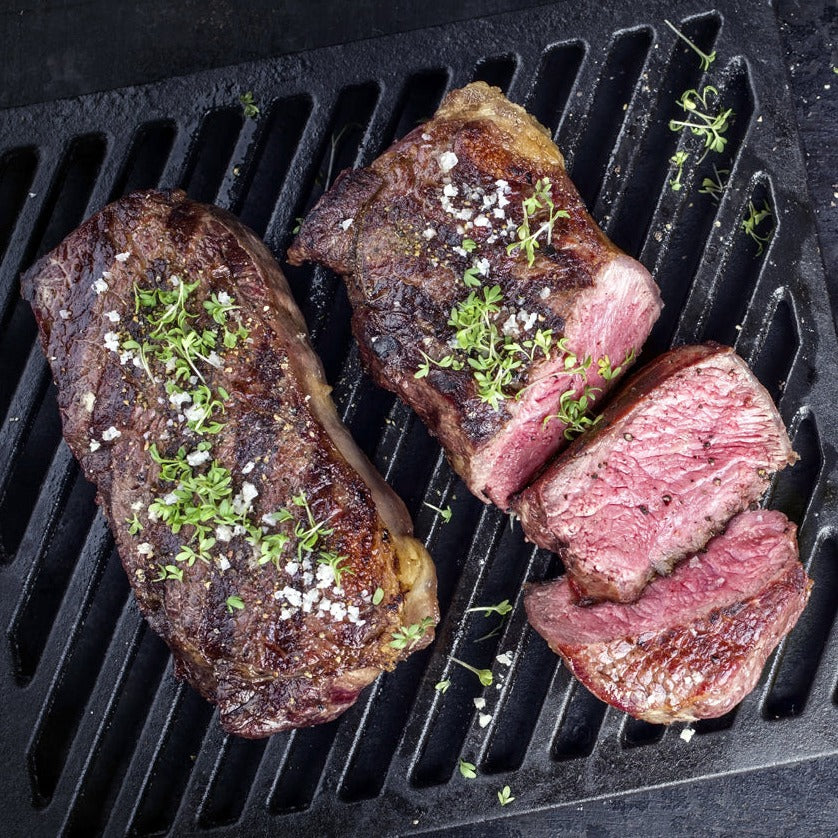Is the outside fat healthy in meat?
From time immemorial, meat has been a food staple for mankind. Nevertheless, the emergence of health consciousness has made many people to ask whether or not meat is healthy. The fat content in meat is one of the primary reasons why some individuals shy away from it. However, is all fat bad? What about the outside fat in meat? Is it good for you? In this blog post we are going to look at both sides of the argument when it comes to considering the health benefits and risks associated with consuming outside fats found in meats.
To begin with let us first define what we mean by outside fat; so-called because it appears on top of muscle cuts like steaks, chops, roasts etc., this refers specifically to those fats seen visibly covering surfaces of such pieces. On the other hand marbling within meat represents internal or intra-muscular lipid deposits which can also be included under our discussion as being part of what might constitute external fats depending on how one defines them.
Many people think that these sorts of lipids are unhealthy and should therefore be removed before eating meats but actually there could still exist certain advantages even if they might not always seem apparent at first glance. For instance, one positive aspect is that they contain relatively large amounts monounsaturated fatty acids commonly abbreviated as MUFAs; these have been shown to help lower “bad” cholesterol levels while reducing heart disease risk factors too. Furthermore among other mufas found here there’s oleic acid which resembles its name-sake having been discovered primarily within olives where it contributes toward making olive-oil healthier choice for hearts.
Beyond doubt external fats add flavorfulness and softness into flesh products since during cooking processes they melt down thus permeating them with their savory taste making them more palatable. What’s more such kinds also act like moistening agents which prevent dryness thereby keeping tenderness intact throughout preparation until consumption.
Nevertheless it must be noted that not all outside fat is created equal; different kinds may contain various types depending on what an animal has been fed with or how it was raised up. Take an instance whereby compared to cattle reared on grain diets those grazing on pasturelands tend to have beef having better fat profiles. Specifically, the former contains more omega three fatty acids which are known for their anti-inflammatory effects while helping reduce risks associated with chronic ailments like cancer arthritis among others.
Conversely when consumed excessively omega sixes can promote inflammation; this implies therefore if one would prefer staying away from such scenarios then he/she may opt for conventionally produced steaks since these often harbor minute quantities antibiotics as well hormones used during feeds formulation both which could negatively impact human health.
To sum up, outside fats found in meats can be good for you provided they are taken moderately and come from quality sources only. They offer benefits such as MUFA content and flavor enhancement but variations in nutritional value based on animal feeding habits must also be considered. So if you’re worried about fat levels go leaner cuts or try out some organic/grass-fed options every now and then; remember though that like everything else we eat it should always be taken with other food items too!


